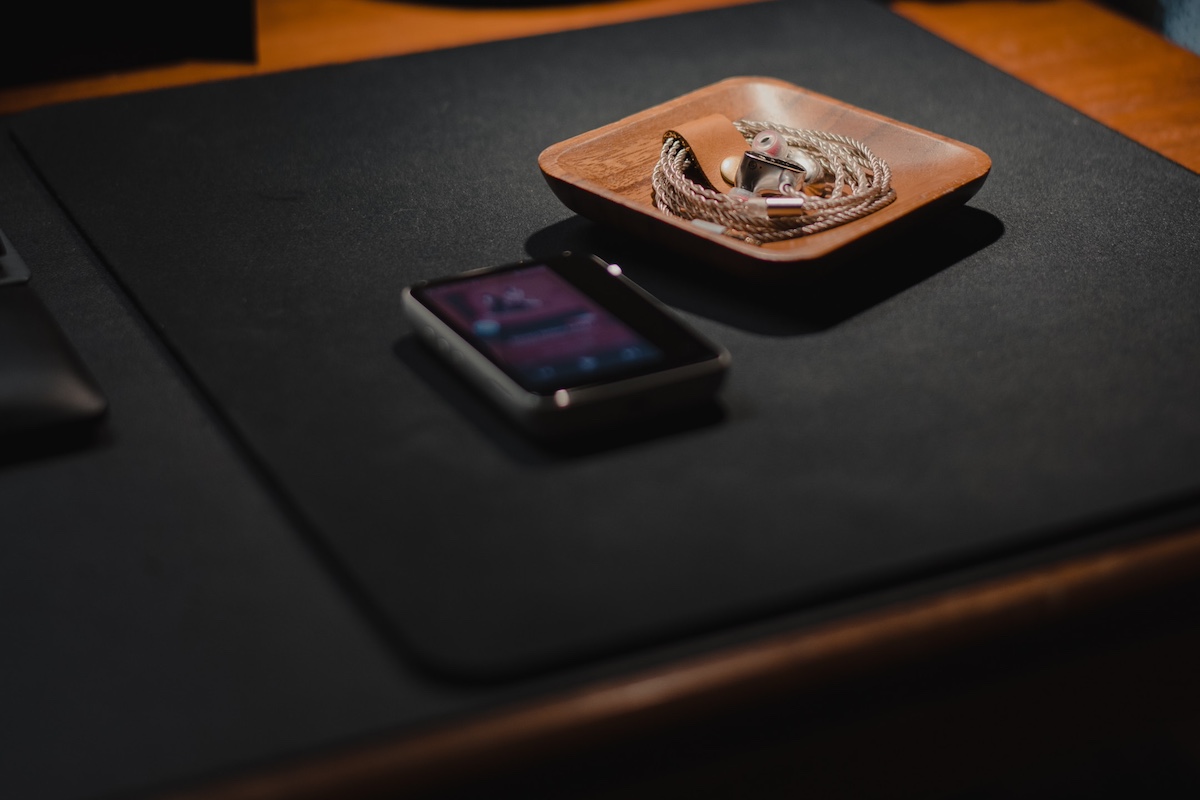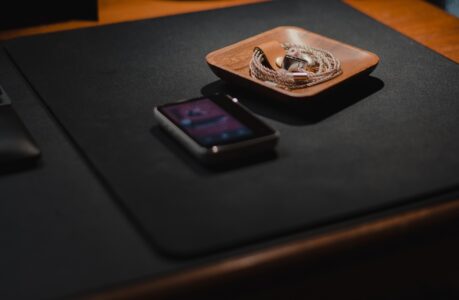Unlocking the Potential of Your In-Ear Monitors
In the world of portable audio, In-Ear Monitors (IEMs) have gained immense popularity for their exceptional sound quality and compact design. Audiophiles and music enthusiasts alike have embraced these tiny wonders for their ability to deliver a personalized listening experience. However, a common question arises when it comes to IEM accessories: “Can I use third-party cables or eartips with my IEMs?” In this comprehensive guide, we will delve into the world of IEM customization, exploring the benefits, risks, and everything in between. Whether you’re a seasoned audiophile or new to the IEM scene, this article will equip you with the knowledge to make informed choices.
The Essence of IEM Customization
Before we dive into the world of third-party accessories, let’s understand why customization matters for IEMs. In-Ear Monitors are renowned for their ability to deliver clear, detailed sound directly into your ears, thanks to their snug fit. However, not all ears are created equal, and the one-size-fits-all approach may not suit everyone.
The Importance of a Perfect Fit
The key to unlocking the full potential of your IEMs lies in achieving a perfect fit. A secure seal ensures optimal noise isolation and enhances the audio experience. A snug fit not only delivers better bass response but also reduces sound leakage, preventing your music from disturbing those around you.
The Basics: IEM Accessories
Now that we’ve established the significance of customization, let’s take a closer look at the fundamental accessories that play a role in tailoring your IEM experience.
1. Eartips
Eartips are perhaps the most critical IEM accessory. They come in various materials, shapes, and sizes, allowing you to find the perfect fit for your ears. Silicone, foam, and rubber are common eartip materials, each with its unique properties.
Comply Foam Tips
For those seeking exceptional comfort and noise isolation, Comply Foam Tips have gained a reputation for their memory foam technology that conforms to the shape of your ear canal. This link will take you to Comply’s official website, where you can explore their range of eartip options.
2. Cables
IEM cables are another aspect of customization. Stock cables that come with your IEMs may vary in length, thickness, and build quality. Upgrading to a third-party cable can offer improved durability, flexibility, and even enhanced audio quality.
Moon Audio
Moon Audio is a renowned source for high-quality audio cables and accessories. Their selection includes a variety of options, from affordable upgrades to premium cables, designed to cater to audiophiles with discerning tastes.
3. Accessories and Adapters
Apart from eartips and cables, there are various accessories and adapters available in the market. These include Bluetooth adapters, carrying cases, and impedance adapters. The choice of these accessories largely depends on your specific needs and usage scenarios.
The Pros and Cons of Third-Party Accessories
Now that you’re familiar with the essential IEM accessories, let’s address the question at the heart of this article: Can I use third-party cables or tips with my IEMs? To answer this, we need to weigh the pros and cons.
Pros of Using Third-Party Accessories
1. Customization
The most significant advantage of using third-party accessories is the level of customization they offer. You can choose eartips that suit your ear canal shape and personal comfort preferences. Upgrading your cable allows you to tailor your IEM’s aesthetics and audio performance to your liking.
2. Improved Audio Quality
In some cases, third-party cables can enhance the audio quality of your IEMs. While the difference may not always be dramatic, higher-quality cables can result in cleaner signal transmission and reduced signal loss.
3. Durability
Stock cables and eartips can wear out over time. Investing in third-party options, especially those known for their durability, can extend the lifespan of your IEMs and ensure consistent performance.
Cons of Using Third-Party Accessories
1. Compatibility Issues
Not all third-party accessories are compatible with every IEM model. The connectors and pin configurations can vary, leading to compatibility issues. It’s crucial to research and ensure that the accessories you choose are compatible with your IEMs.
2. Cost
High-quality third-party accessories can be expensive, and the cumulative cost of upgrading eartips, cables, and other accessories may outweigh the benefits for some users.
3. Warranty Concerns
Using third-party accessories may void the warranty provided by the IEM manufacturer. It’s essential to check your warranty terms and conditions before making any modifications.
Expert Tip: To maximize the benefits of third-party accessories while minimizing the risks, consider consulting with an audiophile or audio expert who can recommend compatible options for your specific IEM model.
The Eartip Dilemma: Finding Your Perfect Fit
As mentioned earlier, eartips play a crucial role in the comfort and performance of your IEMs. Let’s explore the various types of eartips and their advantages.
1. Silicone Eartips
Silicone eartips are the most common and come standard with most IEMs. They are known for their durability and ease of cleaning. However, they may not provide the same level of comfort and noise isolation as foam tips.
2. Foam Eartips
Foam eartips, such as the Comply Foam Tips mentioned earlier, are renowned for their comfort and excellent noise isolation. They conform to the shape of your ear canal, ensuring a secure fit. Foam tips are an excellent choice for long listening sessions and situations where noise reduction is crucial.
3. Double-Flange and Triple-Flange Eartips
Double-flange and triple-flange eartips feature multiple layers of silicone and provide a secure fit with enhanced noise isolation. They are a good option if you’re looking for a balance between comfort and isolation.
4. Custom-Molded Eartips
For the ultimate in customization, some audiophiles opt for custom-molded eartips. These are crafted to fit the exact contours of your ear canal, ensuring a perfect fit. While they come at a higher cost, the comfort and isolation they provide are unparalleled.
Navigating the World of Third-Party Cables
Upgrading your IEM cable can have a significant impact on your listening experience. Let’s explore the factors to consider when selecting a third-party cable.
1. Materials
Cable materials play a crucial role in signal transmission and durability. Common materials include copper, silver-plated copper, and silver. Each material has its unique sonic characteristics. Copper is known for warmth, while silver offers a brighter sound.
2. Cable Type
There are two main types of IEM cables: braided and twisted. Braided cables tend to be more flexible, while twisted cables can offer better durability. Choose the type that suits your usage and aesthetic preferences.
3. Connector Types
Connector types vary across IEM brands and models. Some connectors use MMCX, 2-pin, or other proprietary designs. It’s vital to ensure that the third-party cable you choose is compatible with your IEM’s connectors.
4. Cable Length and Thickness
Consider the length and thickness of the cable based on your intended use. Longer cables may be suitable for home listening, while shorter, more portable options are ideal for on-the-go use.
Expert Tip: When upgrading your IEM cable, look for options that feature advanced shielding and insulation to minimize interference and signal loss.
Balancing Act: Audio Quality vs. Compatibility
One of the primary concerns when using third-party accessories with your IEMs is maintaining audio quality while ensuring compatibility. Let’s explore how to strike the right balance.
Research and Compatibility Testing
Before purchasing any third-party accessory, conduct thorough research to determine compatibility with your IEM model. Manufacturers often provide compatibility information on their websites or product packaging. Additionally, seek advice from audiophile forums and communities to gather user experiences.
A/B Testing
Once you’ve acquired third-party accessories, perform A/B testing to compare their performance with the stock components. Use high-quality audio tracks that you are familiar with to assess any improvements or drawbacks in sound quality.
Consider Your Listening Preferences
Your choice of third-party accessories should align with your listening preferences. If you value bass response, select eartips and cables that enhance low-end frequencies. Similarly, if you prefer a neutral sound signature, opt for accessories that maintain a balanced audio profile.
Risks and Warranty Considerations
As mentioned earlier, using third-party accessories can come with risks, including potential warranty concerns. Let’s delve deeper into these issues.
Warranty Voidance
Most IEM manufacturers include warranties that cover defects and malfunctions. However, if you modify your IEMs with third-party accessories, it may void the warranty. Before making any changes, carefully review the warranty terms provided by the manufacturer.
Potential Damage
Improperly installing third-party cables or eartips can damage your IEMs. To mitigate this risk, follow installation instructions carefully, and if you’re unsure, seek professional assistance.
Return Policies
Before making any purchases, inquire about the return policies of the third-party accessory manufacturer or retailer. Having the option to return or exchange an accessory that doesn’t meet your expectations can provide peace of mind.
Final Thoughts: Personalizing Your IEM Experience
In conclusion, the decision to use third-party cables or tips with your IEMs ultimately boils down to personalization and the pursuit of audio excellence. While there are risks and considerations to keep in mind, the potential benefits in terms of comfort and audio quality are substantial.
As you embark on your journey to customize your IEMs, remember to:
- Research: Thoroughly research compatibility and user reviews before making any purchases.
- Test: Conduct A/B testing to assess the impact of third-party accessories on audio quality.
- Consider Warranty: Be aware of potential warranty voidance and the manufacturer’s policies.
- Seek Expert Advice: Consult with audiophiles and experts for recommendations tailored to your IEM model and preferences.
By carefully navigating the world of third-party IEM accessories, you can unlock the true potential of your In-Ear Monitors and enjoy a personalized listening experience like never before. Whether you’re a casual listener or a dedicated audiophile, the power to shape your sound is in your hands.
Note: The information provided in this article is for informational purposes only. Always refer to the manufacturer’s guidelines and recommendations when considering third-party accessories for your IEMs.
Explore more about IEM customization Join the discussion on Head-Fi forums Learn more about IEMs on InnerFidelity
Disclaimer: The provided links are for reference purposes and do not constitute endorsement of any specific brand or product. Always research and choose accessories that best suit your individual needs and preferences.

